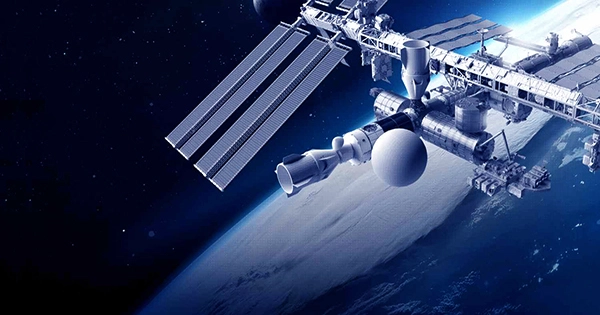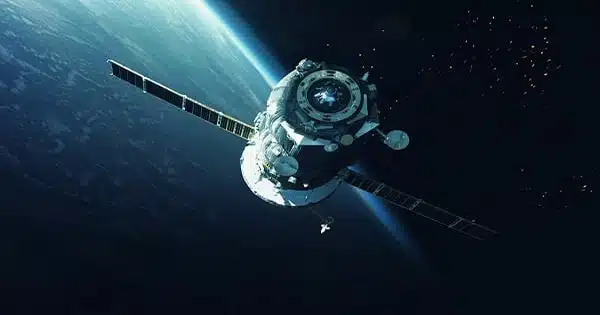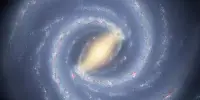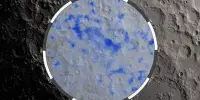Due to an unintended adjustment in antenna direction, NASA’s Voyager 2 has lost contact with Earth. On October 15, the next scheduled orientation adjustment is planned to restore communication, while Voyager 1 continues to operate normally.
On July 21, a series of scheduled commands sent to NASA’s Voyager 2 spacecraft resulted in an accidental change in antenna direction. As a result, the antenna shifted 2 degrees away from Earth, rendering the spacecraft unable to receive commands or transmit data back to Earth.
Because the spacecraft is currently more than 12.3 billion miles (19.9 billion kilometers) from Earth, connection with NASA’s Deep Space Network (DSN) base antennas has been disrupted. The misalignment prevents the spacecraft from sending data to the DSN and from receiving directives from ground controllers.

Voyager 2 is programmed to change its orientation several times a year to keep its antenna aligned with Earth. The next scheduled modification is set for October 15, and it is expected to restore connectivity. Despite the disruption, the mission team expects Voyager 2 to continue on its intended path during this quiet phase.
In comparison, Voyager 1, which is approximately 15 billion miles (24 billion kilometers) beyond Earth, is operating normally.
Voyager 1 and Voyager 2 are twin spacecraft launched by NASA in 1977 with the primary purpose of investigating the solar system’s furthest reaches. Despite being nearly four decades old, they are still active and provide vital scientific data.
Voyager 1 was launched on September 5, 1977, with the objective of flying by Jupiter and Saturn. Voyager 1 supplied extensive photographs and data of these gas giants and their moons throughout its trip, including the discovery of active volcanoes on Jupiter’s moon Io and complicated ring systems surrounding Saturn. Voyager 1 made history when it became the first spacecraft to enter interstellar space, the region of space beyond our solar system, in 2012.
Voyager 2, launched on August 20, 1977, is the only spacecraft to have passed through the orbits of all four outer planets – Jupiter, Saturn, Uranus, and Neptune. It gave critical information about these planets and their moons, such as Neptune’s Great Dark Spot and Uranus’ off-center magnetic field.
Both spacecraft are equipped with a “Golden Record,” a gramophone record featuring sounds and visuals chosen to represent the diversity of life and culture on Earth. These records are meant to tell the story of our globe to any extraterrestrial intelligence that finds them.
NASA’s Jet Propulsion Laboratory, based in Pasadena, created and operates the Voyager spacecraft. The Voyager missions are part of the NASA Heliophysics System Observatory, which is sponsored by the Science Mission Directorate’s Heliophysics Division in Washington.
















